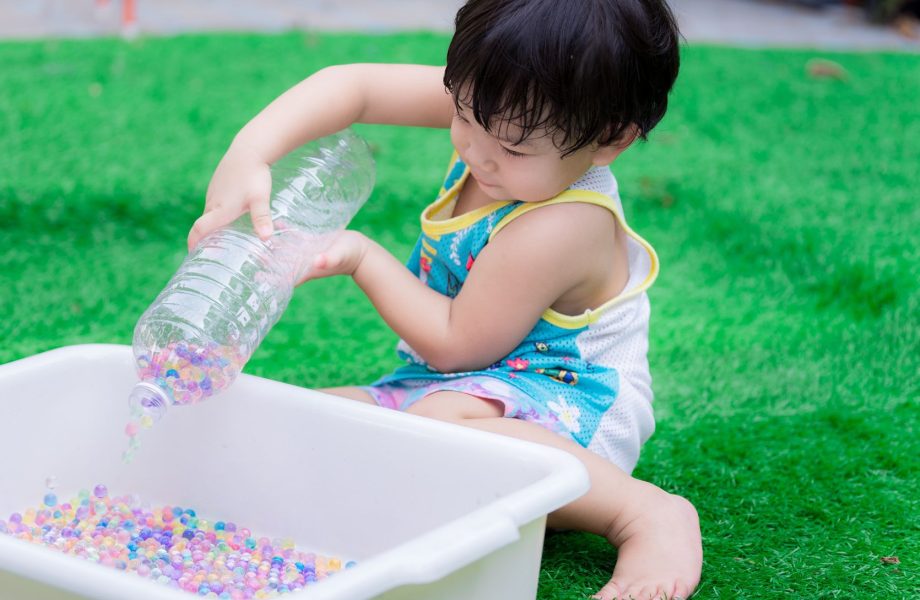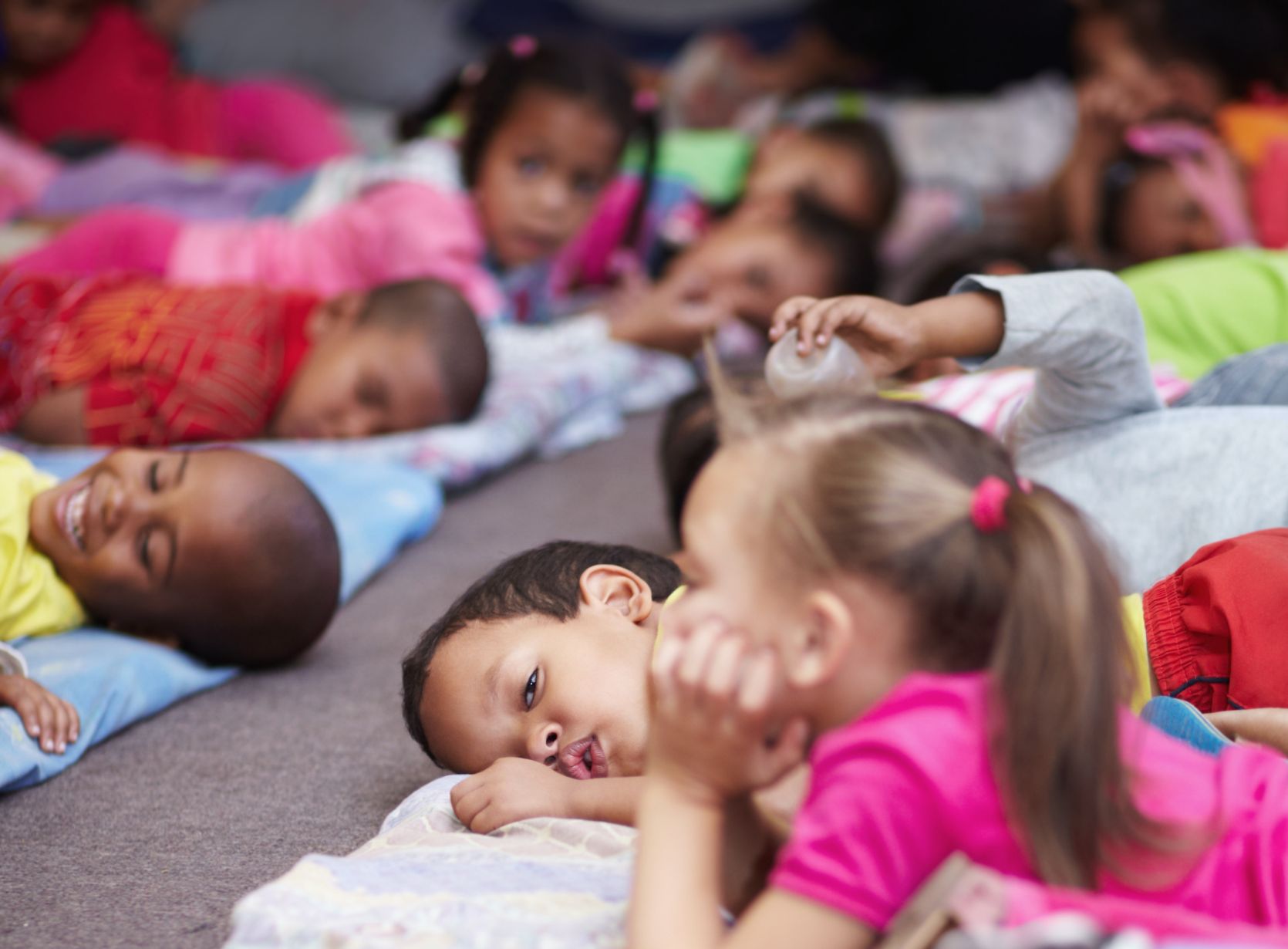Enhancing Fine Motor Skills with Engaging Activities
In the enchanting world of early childhood education, the mastery of fine motor skills lays the groundwork for academic success. Engaging in activities that involve filling and pouring, for both preschoolers and toddlers, can be a delightful way to bolster these skills. It’s not just about the simple act of transferring materials from one container to another; it’s about shaping the mind and preparing young learners for the structured learning to come.
Let’s explore how these seemingly simple activities for young children can have profound benefits for our little ones.
The Importance of Filling and Pouring Activities
Filling and pouring is a common schema among young explorers. These pursuits are more than just play; they’re vital for developing visual motor integration, and even exploring physics, among toddlers and preschoolers. By engaging in these tasks, children learn to coordinate their hand movements with visual input and begin to understand the physical properties of items like sand, beans, or water. These can be essential skills for future writing, reading, and math tasks.
Open-Ended Play: A Pathway to Learning
Open-ended preschool activities encourage exploration and experimentation. Filling and pouring without a predefined outcome enable children to solve problems, adapt their strategies, and think independently. This kind of play isn’t bound by time or expectations, allowing toddlers and preschoolers to learn at their own pace.
Everyday Items as Educational Tools
Turning everyday items into educational tools is a cost-effective and creative way to enrich activities for infants, toddlers, and preschoolers alike. Here’s a list of materials you can use to set up a filling and pouring station:
- Water, sand, and a variety of grains like rice and birdseed
- Small stones, beads, and pompoms for texture variety
- Natural elements like mud, leaves, and flower-infused potions
Mindful Selection of Materials
While creativity is encouraged, it’s crucial to select materials mindfully. When using food items, consider the cultural implications and allergy concerns. If you’re ever in doubt, substitute with non-food items to ensure inclusivity and safety.
A Variety of Utensils for Exploration
Offer children an array of utensils to keep activities interesting and challenging. Items like measuring cups, funnels, and watering cans not only vary the experience but also introduce concepts of measurement and volume.
Structured Preschool Activities for Filling and Pouring
Here are three tried-and-true preschool activities that focus on filling and pouring:
1. Scooping with Beads: Fine motor exercise with different-sized scoops and containers.
This activity example from Sugar Aunts is designed to be a hand dominance development activity and is part of her occupational therapy series. It is also valuable for developing “precision of very small wrist motions”. Using the paper trays inside the muffin tins and different size scoops gives children fine motor exercise as they try to scoop and pour into the trays.

2. The Great Water Challenge: Problem-solving activity that involves transporting water to create a river.
Set up a challenge where children try to get water from one place to another in the playground by “making a river”. This example from Bright Futures Early Learning Center was constructed using foil and rocks after students put their problem solving skills to work (hint: it helps if there is a slope). The children had to collaborate and interact to come up with a solution for getting the water from the playground to the sandpit.

3. Funnels and Tubes Play: Using pipes and funnels for a dynamic pouring experience.
This pouring activity from Frugal Fun for Boys and Girls uses pipes, funnels and dyed beans (alternatives such as stones or sand would work just as well). It may take a little setting up initially (assembling the pipe structure) but can then be used over and over again.

Teacher’s Role in Filling and Pouring Activities
Educators can maximize the learning potential by:
- Engaging in conversations and describing what the children are doing.
- Posing questions to provoke thought and articulation of their actions.
- Making observations and discussing hypothetical scenarios to encourage problem-solving.
- Modeling positive attitudes and behaviors throughout the activity.
In conclusion, filling and pouring activities are fundamental in any early learning curriculum. By incorporating these into your lesson plans, you not only refine fine motor skills but also foster an environment of inquiry and discovery. These activities, for toddlers and preschoolers, serve as the building blocks for a future love of learning.
Don’t forget to document these moments with an amazing Learning Story to share the joy of discovery with parents.


